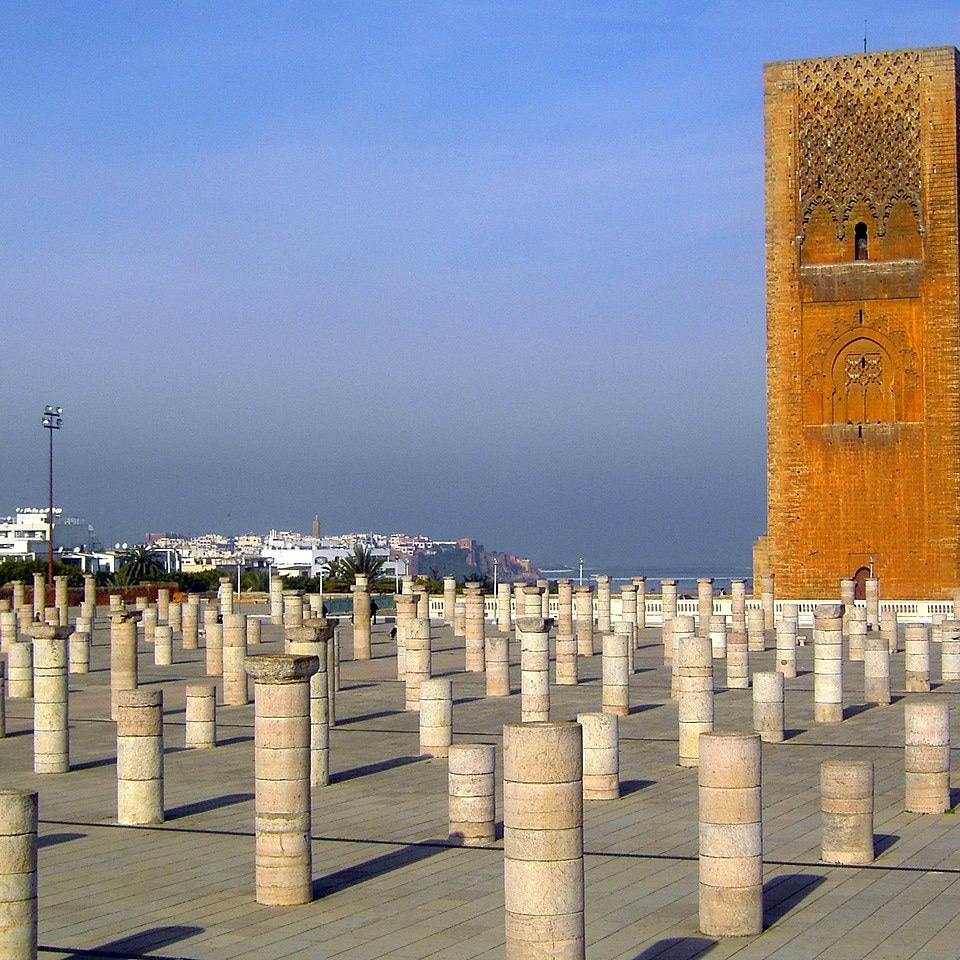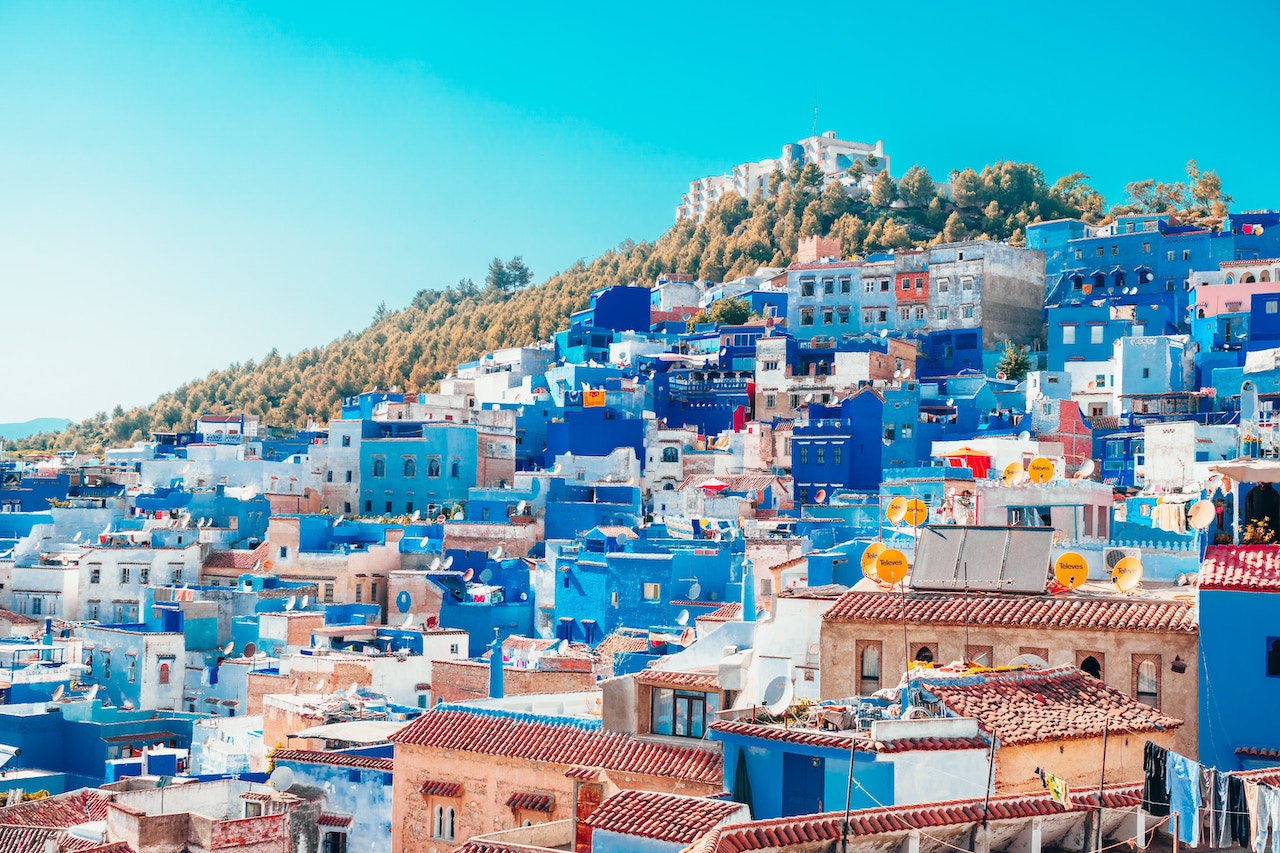Tours From Rabat
Tours from Rabat.
In the 10th century the Umayyads of Cordoba, or their Zenata Berber allies in the region, founded a ribat or fortified monastery/outpost in this area, to defend against the Barghawata Berbers who had established a Kharijite state to the south.[17] This ribat was most likely on the same site as the current Kasbah of the Udayas, but its location has not been confirmed by historians.[17]
Around 1030, a new town called Salā (the present Salé) was founded on the opposite side of the river (the north side) by the Banu ‘Ashara family.[18][19]
Tours from Rabat
One of the last Almoravid emirs, Tashfin ibn Ali (r. 1143–1145) built a new ribat on the site of the current kasbah as part of his efforts to hold back the Almohads.[17]
[20] Almohads nonetheless defeated the Almoravids and destroyed the ribat shortly after.[21] In 1150 or 1151 the Almohad caliph Abd al-Mu’min built a new kasbah (citadel) to replace the former ribat, within which he included a palace and a mosque.[21][22][20]
This Almohad kasbah corresponds to the current Kasbah of the Udayas (which was expanded in later periods).[20] Abd al-Mu’min also had an underground canal dug to divert a water source to this location, allowing for future settlement and urbanization in the area.
[20] The site became a military staging ground for Almohad armies setting out on campaigns to Al-Andalus.[21]
The Almohad caliph Abu Yusuf Ya’qub al-Mansur (r. 1184–1199) embarked on an ambitious project to construct a new fortified imperial capital, called al-Mahdiyya or Ribat al-Fath, on the site of what is now the medina (old city) of Rabat, with new walls extending over a vast area beyond the kasbah.
[20][23] This project also included the construction of an enormous mosque (the remains of which include the Hassan Tower) and of new grand gateways such as Bab er-Rouah and the main gate of the kasbah, now known as Bab Udaya or Bab al-Kbir.
After al-Mansur’s death in 1199 the mosque and the capital remained unfinished and his successors lacked the resources or the will to finish it.[20] The new city was never fully inhabited and the site was practically abandoned.[24][21]
During the Marinid dynasty period (13th to 15th centuries), the town of Salé across the river grew more important than the settlements of the south bank.[21][17][24] In 1515 Leo Africanus reported that Rabat had declined so much that only 100 inhabited houses remained.[citation
needed] The Marinids did build a Great Mosque in what is now the medina of Rabat and on the nearby site of Chellah (ancient Sala) they built a royal necropolis for their dynasty.[24]



